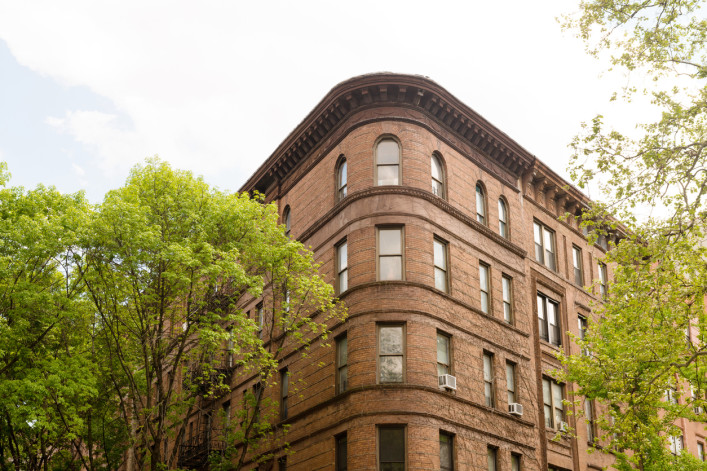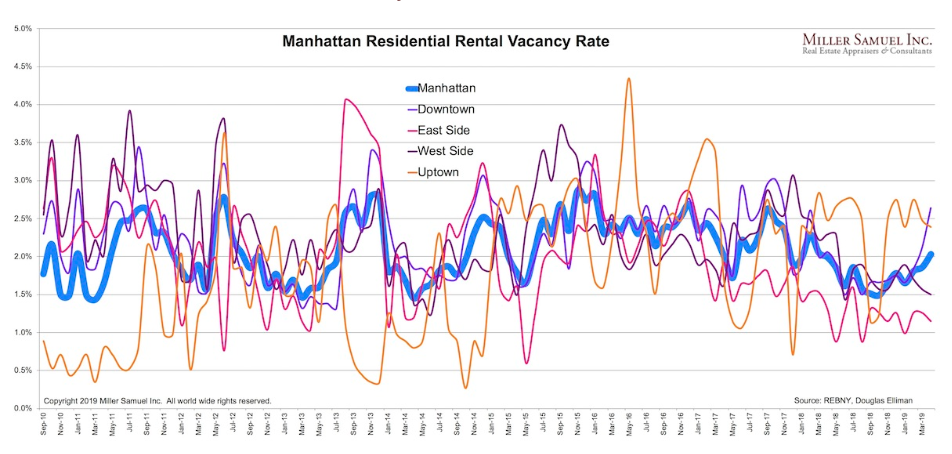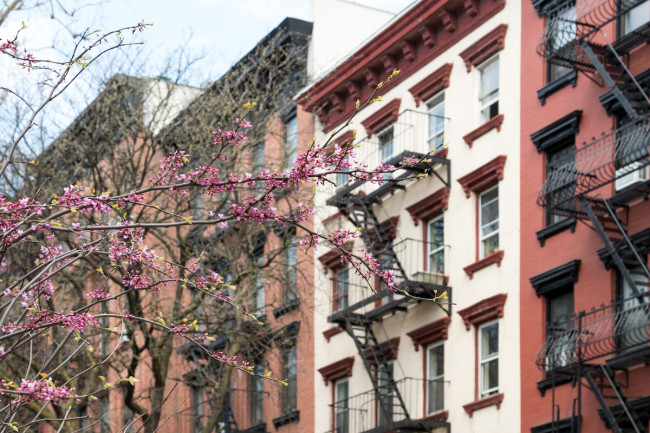What does the vacancy rate mean for NYC renters and how does it apply to concessions?

When the vacancy rate goes down, landlords are less likely to give you a concession to sign a new lease.
iStock/Boogich
A vacancy rate is the percentage of all the available rental apartments in an area, and it is calculated by taking a large sample of rental buildings in an area like Manhattan, for example, and measuring their turnover and activity. That provides a figure that can be applied across the borough.
The lower the rate, the fewer the available units, and that shrinks your likelihood of getting concessions—those sweeteners where landlords offer you a free month or pay the broker fee to entice you to sign a lease.
The historical context
The city considers a "normal" vacancy rate to be 5 percent. About 100 years ago New Yorkers were dealing with a major housing shortage and the rental vacancy rate fell to one percent. Back then the city successfully incentivized developers with tax breaks to solve the problem.
You'd think with all the construction that's underway in the city, the rental vacancy rate would be rising. A city report published last year says "over the past four decades, in spite of tax abatements and exemptions from rent regulation for new construction and extended periods of economic growth, the city has been unable to achieve a normal vacancy rate." Of course, much of the city's new development are luxury condos, which doesn't affect the rental vacancy rate anyway.
The city's rent regulations were brought in "specifically in response to the fact that we have a very low rental vacancy rate," says urban planner Moses Gates of Regional Plan Association. The law says that if the rental vacancy rate increases to 5 percent or more, rent stabilization is gone. "The system is designed so that if we get to a rational housing market, the law changes," he says.
The current data
The rental vacancy rate is one of many market data points. Jonathan Miller, president of real estate appraisal firm Miller Samuel, says it is "complementary indicator" and helps tell the narrative of the market when it is analyzed along with other metrics.
His firm has information on Manhattan but he says getting reliable data on the outer boroughs is difficult. The number crunching is done, not with inside information from landlords, but with publicly available data, some of which is not always fully up-to-date.

The takeaway
In Douglas Elliman's latest market report, landlord concessions fell sharply, the third year-over-year decline in four months. Miller points out that one-third of new leases in the last quarter still came with concessions as the vacancy rate edged up—but just slightly.
It's worth remembering your chance of getting concessions isn't just based on the rental vacancy rate. In a tight market, you might also get a concession for an apartment that's in a less desirable building or in a neighborhood where the landlord is struggling to find tenants.
You Might Also Like




























